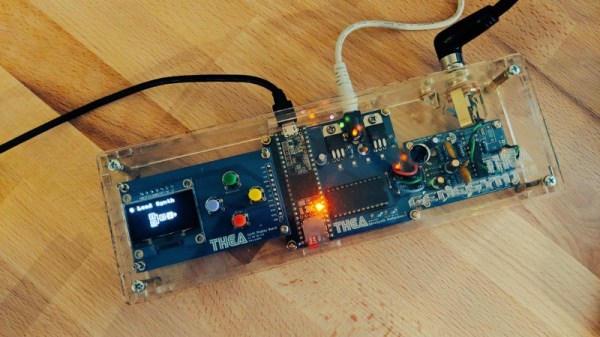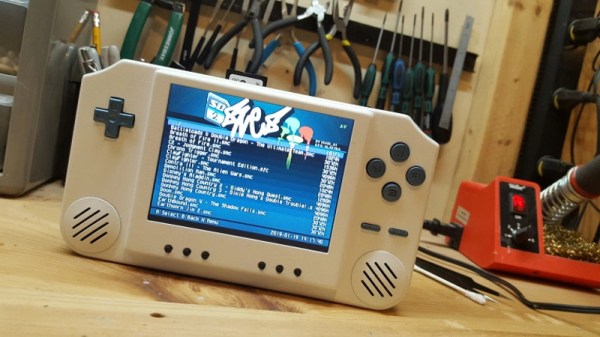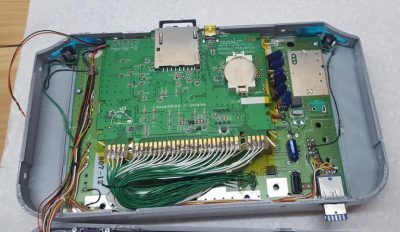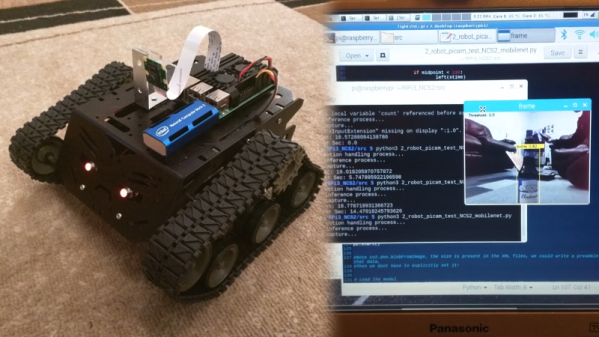Chiptune is a musical genre built upon the creation of music through the use of chip-based sound synthesizers, found in early game consoles. The Commodore 64’s venerable SID chip and the Game Boy Sound System are the by far the most popular on the scene. However, the Sega Genesis took a different path at the end of the videogame chipmusic era, packing a YM2612 FM synthesis chip to deliver fat basslines and searing solos. [Thea] has always been a fan of these electric 90s sounds, and thus decided to build the Genesynth.
The synth initially allowed only for playback of existing video game scores, but its capability has been expanded as [Thea] took the project from breadboard to protoboard to custom PCBs – with anime artwork, to boot. The synth uses a Teensy 3.5 as the brains, speaking USB to enable the synth to receive MIDI commands from music software. All parameters are exposed over the interface, and [Thea] has several videos showing the Genesynth under control from an Ableton Push.
The sound capabilities of the YM2612 are of an entirely different character to most chiptunes, by virtue of the FM synthesis engine. FM synthesis is a little less intuitive then classical additive synthesis, but we still see it crop up now and then.
















